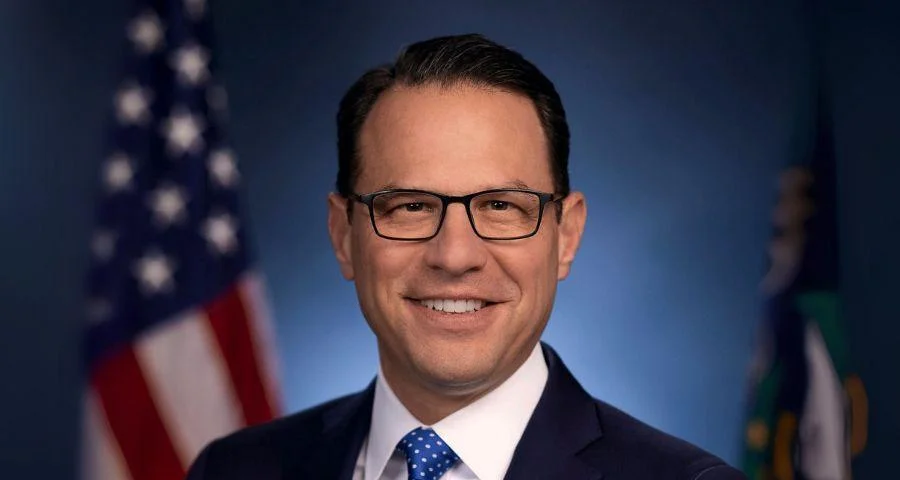
Rebecca Koenig Interim Senior Editorial Director | EdSurge Research
Jennifer Nicholls operates Journey Preschool, a home-based early childhood education program in Montgomery County, Maryland. As the owner and lead teacher, she manages a group of 12 children and describes her role as multifaceted: “Often we’re called providers, or babysitters, but we're educators too,” she says.
Nicholls is among those who may benefit from a new $10 million initiative aimed at improving early childhood education in Montgomery County. This funding comes at a time when states such as New Mexico, Vermont, and California are also increasing investments in early childhood programs. Maryland’s recent efforts position it as a leader in this area.
Hanna Melnick, director of early learning policy at the Learning Policy Institute, commented on Maryland’s approach: “Maryland had its blueprint for many years. They have a lot of big ambitions that are following a lot of the research, but there’s the pieces [to consider] of getting the funding in place. With the latest news, I’m not super surprised, but I am excited.”
Montgomery County announced two initiatives funded by this investment in late September. The majority—$6.1 million—will go toward expanding Head Start programs during a period of flat federal funding and ongoing government shutdowns that threaten these services.
Nicholls applied for funding through these initiatives. Although she cannot increase her current enrollment beyond 12 students due to space limitations, if one student ages out, an open spot could be eligible for Early Head Start support. She noted the value this would bring: “I’m a big proponent; I’m trying to create something equitable and accessible and affordable for families, because everyone benefits when parents can work.” She added that Early Head Start funding supports community resources like medical screenings available to all her students.
The county’s focus on child care stems from studies highlighting gaps in service and quality over the past decade. Data show only 19 percent of infants and toddlers under age two can be served by existing programs; coverage improves to about 83 percent for children aged two to five.
Jennifer Arnaiz, senior administrator for early childhood services at Montgomery County, described how these statistics influenced local decisions: “When I showed the 19-percent data point, that was an eye-opening moment... It was a no-brainer to put some money into Early Head Start.” She continued: “There’s a real focus on pre-K... it was evident the inequities that exist... If we want women to go back into the workforce, we have to provide high-quality child care.”
The remaining $4 million will fund loans helping child care centers add seats or improve facilities—a move complemented by expanded property-tax breaks designed to keep businesses open. Nicholls plans to use any funds received for outdoor playground improvements: “It’s 12 2-, 3- and 4-year-olds that have been using the same materials the last 10 years,” she says. “Quality matters and the materials they use matter. This [program] is a great opportunity to not just expand, but to really improve quality.”
Maryland has pursued increased educational investments since launching its ten-year blueprint in 2021; one pillar focuses specifically on early childhood education.
Christy Tirrell-Corbin, executive director of the Center for Early Childhood Education and Intervention at the University of Maryland stated: “The work has evolved into what I would say would be a model for other communities." She added: "I would say Maryland has a history of being strong in this space... Maybe we’re not getting The New York Times stories that New Mexico or Vermont are getting, but we have prioritized high-quality early care and education for a long time.”
Tirrell-Corbin emphasized community recognition of child care's economic importance: “I think in Montgomery County they really do understand high-quality care is crucial to their economic success and that the early childhood care workforce is the ‘workforce behind the workforce’... In some ways we could argue this initiative is almost a generational investment in both children, but also allowing parents to work.”
Montgomery County's actions reflect broader trends amid declining federal support. The Build Back Better bill failed during President Biden's administration; meanwhile policies under former President Trump resisted increases or reduced social program funding such as Medicaid.
Lynn Karoly from RAND Corporation explained: “The federal government is either holding steady or pulling back [in social programs] and as a result we've seen states and localities say ‘This puts the onus on us to build.’ In the last year or two states—in absence of significant federal investment—have had to find other funds.”
Funding models vary across states—for example Oklahoma uses school finance formulas; Georgia relies on lottery taxes; Ohio employs local tax levies; California shifted from tobacco taxes (now declining) toward cannabis taxes despite controversy.
In Montgomery County’s case $6.1 million derives from Head Start grants while $4 million comes via partnership with Reinvestment Fund based in Philadelphia.
Karoly said jurisdictions often look creatively at revenue sources given limited federal assistance: “Usually every jurisdiction is trying to figure out…‘what is a source we can divert?’ But others are looking for something new…that’s largely because federal government hasn't really come to rescue.”
Many states continue expanding pre-K access—California began universal pre-K with its 2025-26 school year—but Melnick cautioned that infant/toddler care remains more costly due primarily to required staffing ratios compared with elementary schools.
Melnick observed changes over time regarding priorities between toddler care versus pre-K expansion: "A couple years ago we were in different spot…and that's where you saw more bigger thinking with toddler care…Pre-K [legislation] is just less expensive..."
Looking ahead Karoly said it's difficult predicting whether Montgomery County will influence similar investments elsewhere due partly cyclical economic conditions affecting government budgets.
“We don't know where economy is going so it’s hard…to say ‘We are going see expansion with investment,’” Karoly said. Some communities may maintain commitments while others focus resources narrowly during downturns.
Arnaiz advised others interested in system change should define clear goals before implementing reforms—and cited surveys used locally as effective tools guiding decisions based on data insights.
Melnick concluded recent state-level efforts help sustain advocacy momentum around early childhood issues even if approaches differ widely: "The circumstances [for each state] are unique but it’s exciting…you can look at campaign…the messaging…and inspiration…I do think there's something important about snowball effect even if it is slow-growing snowball."






 Alerts Sign-up
Alerts Sign-up